Wells Fargo
Streamlining the design process
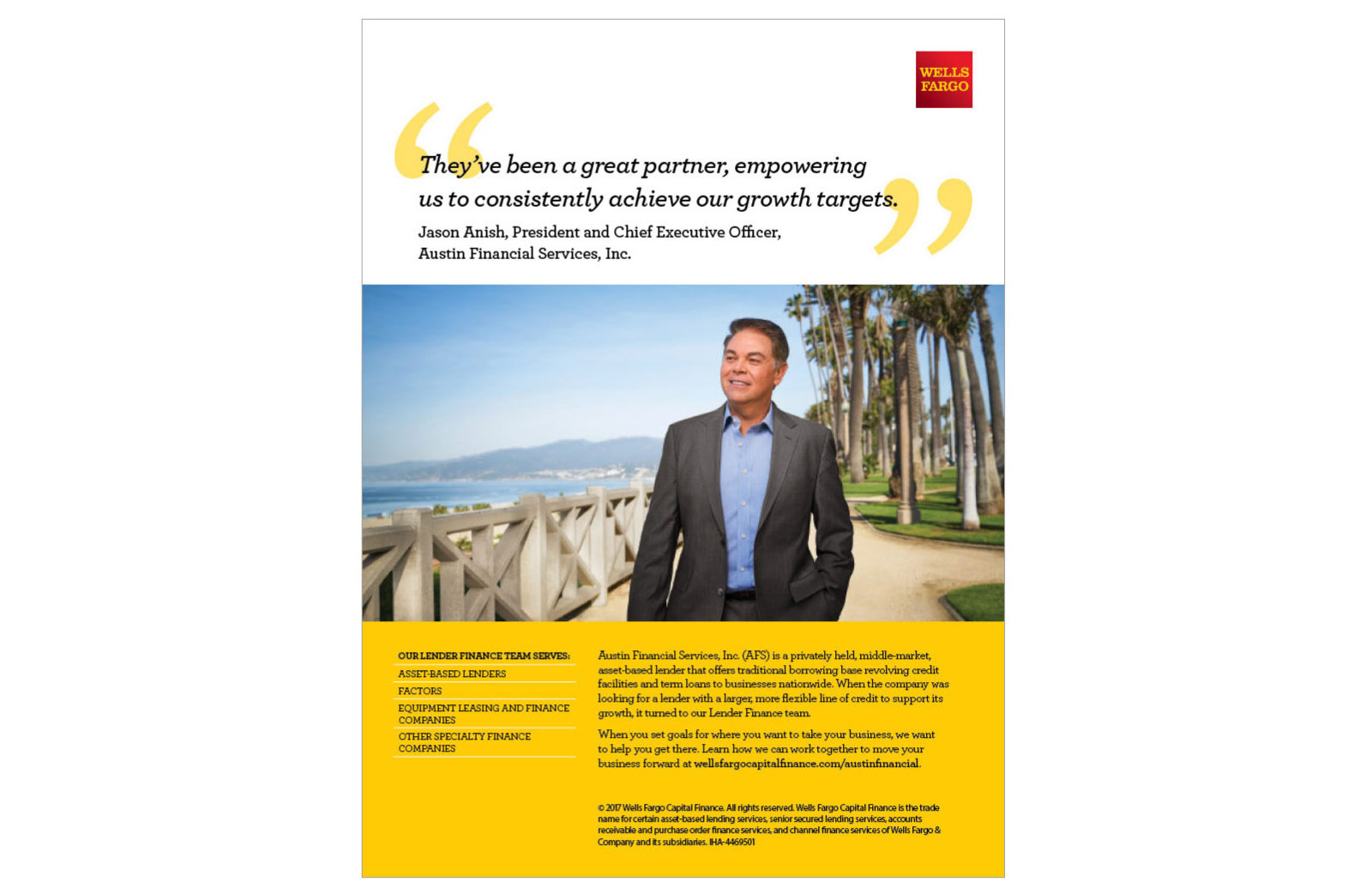
The design process
Wells Fargo’s In-House Agency (IHA) was inundated with an influx of project requests that were not in sync with their existing workload and abilities. The resulting workload overwhelmed the agency and created significant bottlenecks in the form of multiple rounds of edits and approvals, leading to design timelines of over six weeks. However, with shrinking timelines, IHA found that it had to scale up fast and deliver high-quality results within a shorter span of time to meet the new demands of their stakeholders
As a Design Lead, I helped streamline the creative process to drive design efficiencies.
Situation
One of our key objectives was to streamline and simplify the design workflows to optimize the overall efficiency of creative development. Given that a typical design project could involve more than 20 individuals, including creative art directors, design managers, designers, marketing managers, campaign managers, and project coordinators, it was imperative that we identify the factors that were contributing to the cumbersome steps in the process. To achieve this, my team and I embarked on a collaborative effort to work with the design team to identify areas of opportunity for improvement.
To kickstart this process, we initially engaged the design team with a series of direct questions aimed at eliciting insights that would guide our decision-making process. Some of the key questions that we posed include the following:
- Can you identify any bottlenecks in the design workflow?
- What aspects of the current design workflows would you like to improve?
- Are there any tools, systems, or processes that you believe are ineffective or cumbersome?
Creative workflow

Approach
Based on our research and brand audits we decided to systematize our design process using the framework below.
- Discovery. Organize print and digital ads into three categories: client testimonials, general lines of businesses, and deal announcements.
- Design. Set up a visual design system based on components.
- Build. Leverage components (headlines, imagery, body copy, messaging, capabilities, call to action, and legal disclosures)
- Document. Create guidelines and organize design assets to be more self-explanatory.
- Implement. Brief designers and upload assets to the digital asset management (DAM) system for easy roll-out
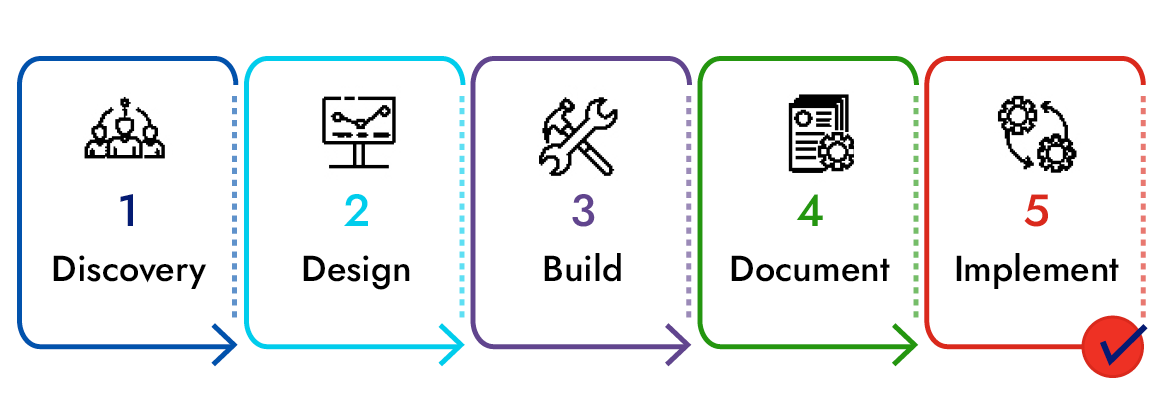
Role
In my role as the Design Lead, I played a crucial role in optimizing the creative workflow to enhance design efficiencies. Through active collaboration with the design team, I was able to effectively streamline our processes and significantly reduce project timelines while ensuring the highest quality output. My ability to seamlessly combine technical and creative expertise allowed me to provide valuable insights and feedback that helped our team produce outstanding designs. Overall, I am proud to have contributed to the success of our project by leveraging my advanced design skills, strong communication abilities, and keen attention to detail.
Key highlights:
- Initiated a shift towards a more systematic approach to design process thinking
- Contributed to ideation and conceptualization to deliver a comprehensive solution
- Led studio designers in the execution of over 50 digital assets
- Ensured assets were organized and accessible on the digital asset management (DAM) system
A systemic approach to design
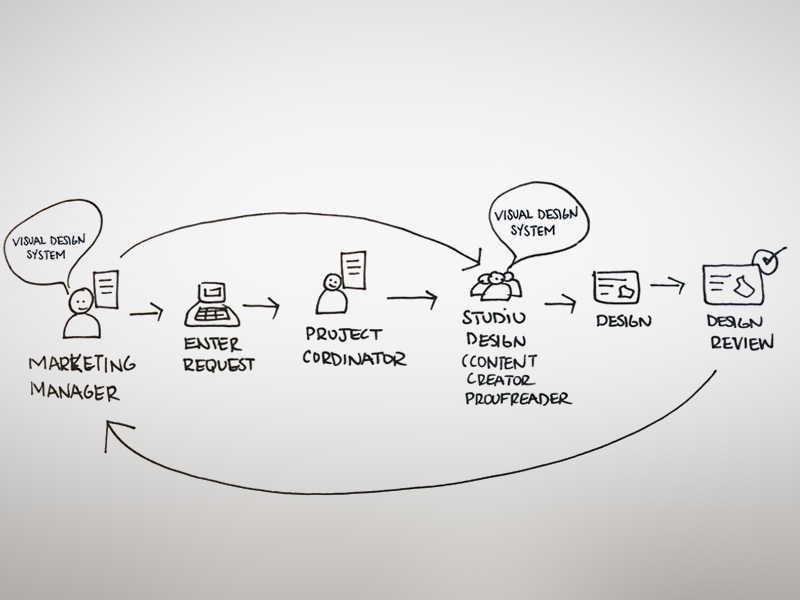

Scope & Constraints
The successful execution of this project necessitated maintaining open lines of communication with various stakeholders, including designers, account managers, and traffic coordinators. This multi-faceted collaboration was essential for effectively managing a wide range of deliverables, ensuring that each team member's contributions were seamlessly integrated into the final product. The ability to effectively communicate with these various stakeholders was a critical component of the project's success, enabling us to meet our goals and exceed client expectations.
- Timeline: 3 months (discovery, design, build, document, and implement)
- Deliverables: Print ads, digital banners, visual design system, project request form
- Tools: Adobe Creative Cloud, Digital Asset Management (DAM), Robohead
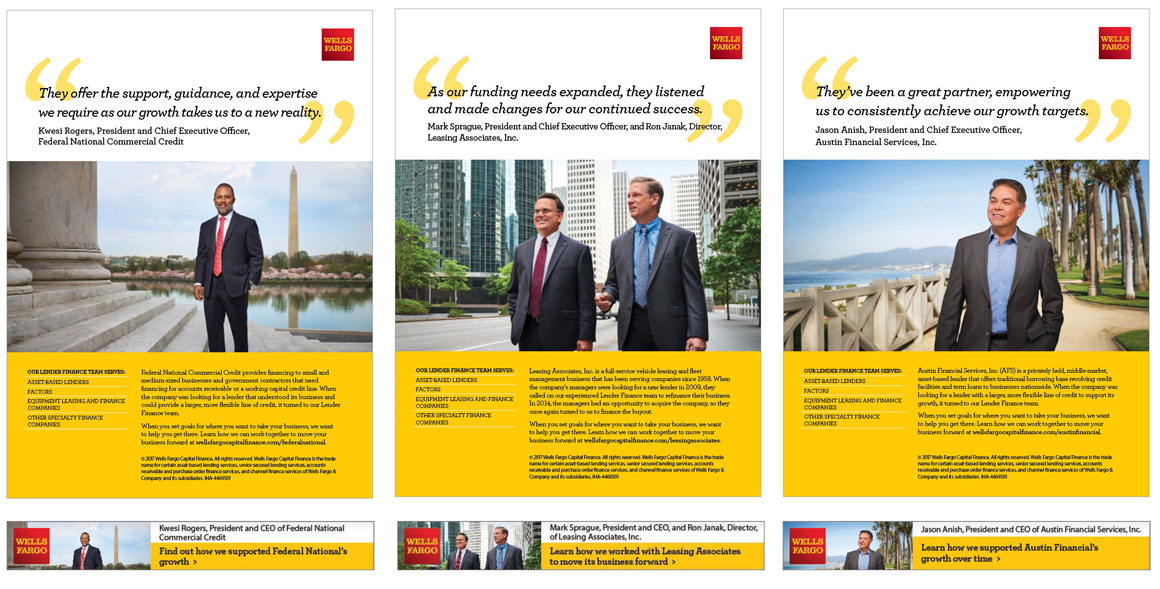
Outcomes
By understanding the problem, we gained a thorough understanding of the challenges our design team encountered and identified areas for improvement. Leveraging this knowledge, we developed a detailed plan to optimize our design workflows, leading to improved efficiency and higher quality deliverables. The design team now operated more effectively, with enhanced capabilities and increased value for our clients. This initiative resulted in a 25% increase in design efficiencies in the IHA, with the design process streamlined and systematized, branded components and templates developed, timelines reduced from six weeks to two, and brand consistency achieved across platforms. Furthermore, this project paved the way for the development of the marketing on demand (MOD) system.
Selected Work
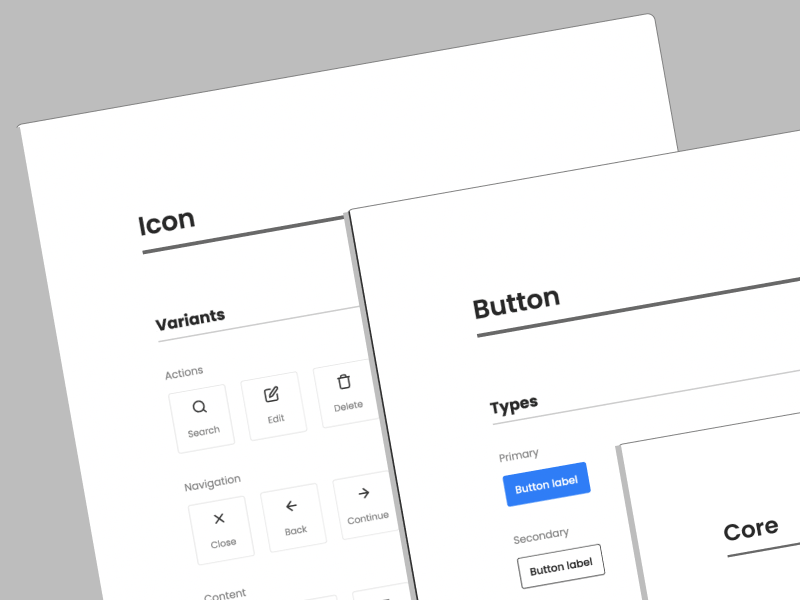
Building a design systemView design system project >
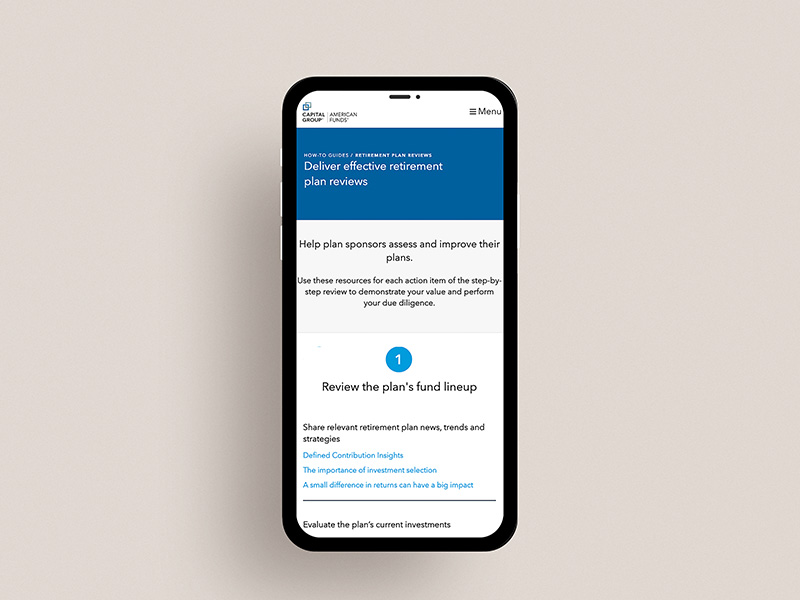
Simplifying retirement plan reviewsView user experience project >
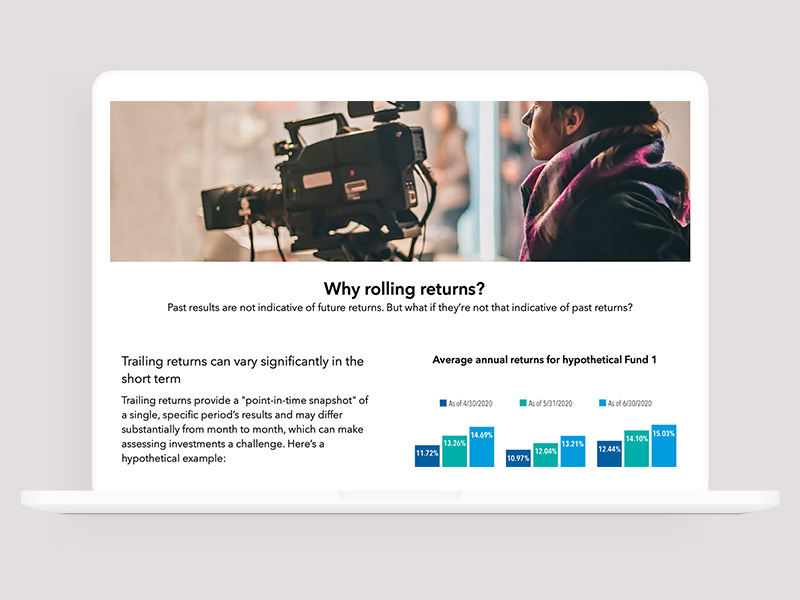
Executing a digital campaignView digital campaign project >
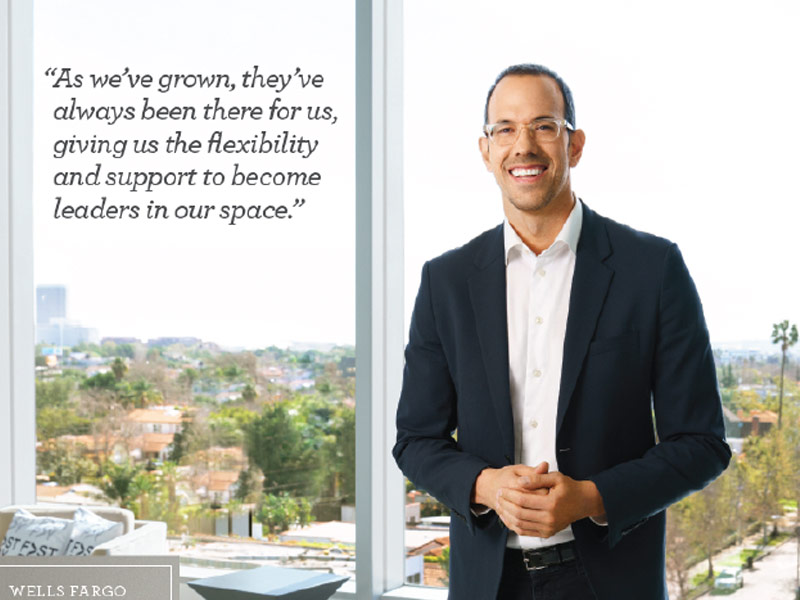
Managing the creative processView advertising campaign project >

Delivering a relevant messageView dimensional mail project >